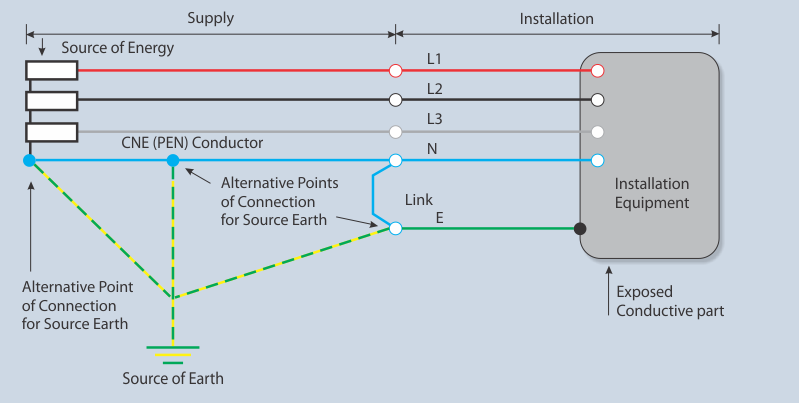EV Charging Station Safety – The Surprising Need for Earthing
Earthing, also known as grounding, is a crucial aspect of electrical safety for EV charging stations. It involves connecting the metal components of the charging station to the earth using a conductor to divert any electrical current that may occur due to a fault in the charging station or other …













